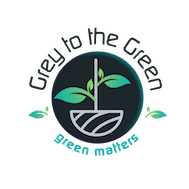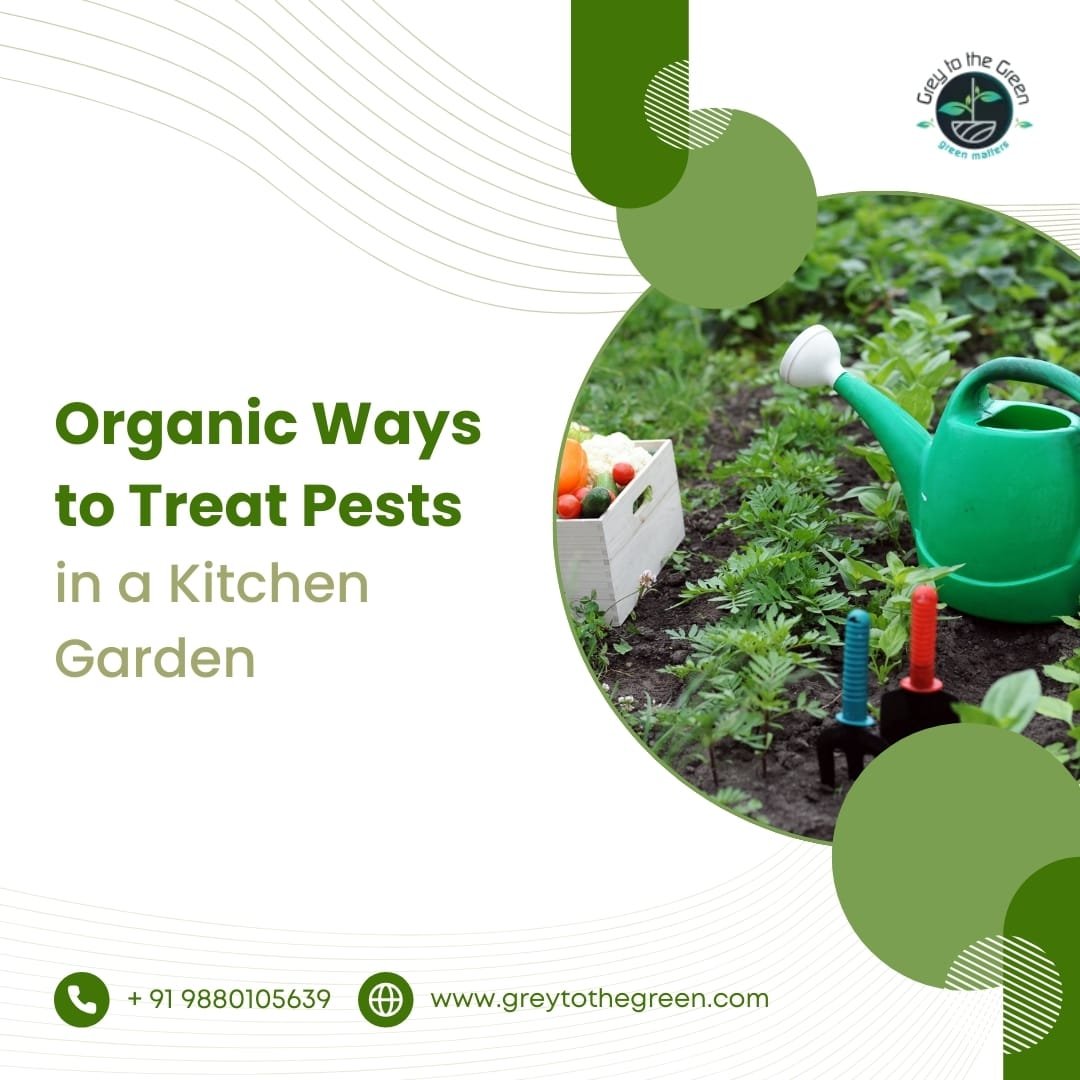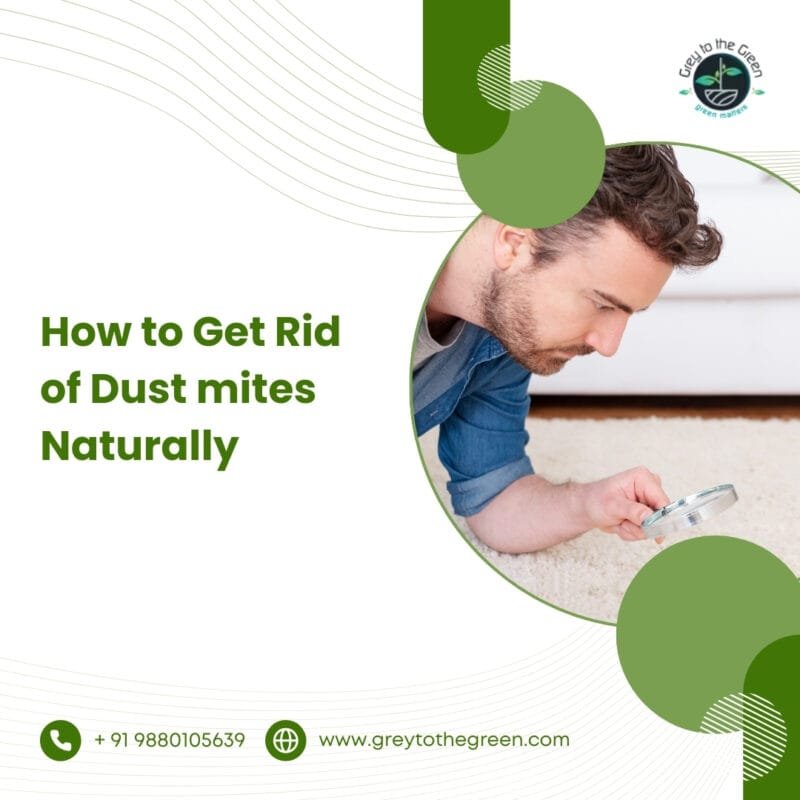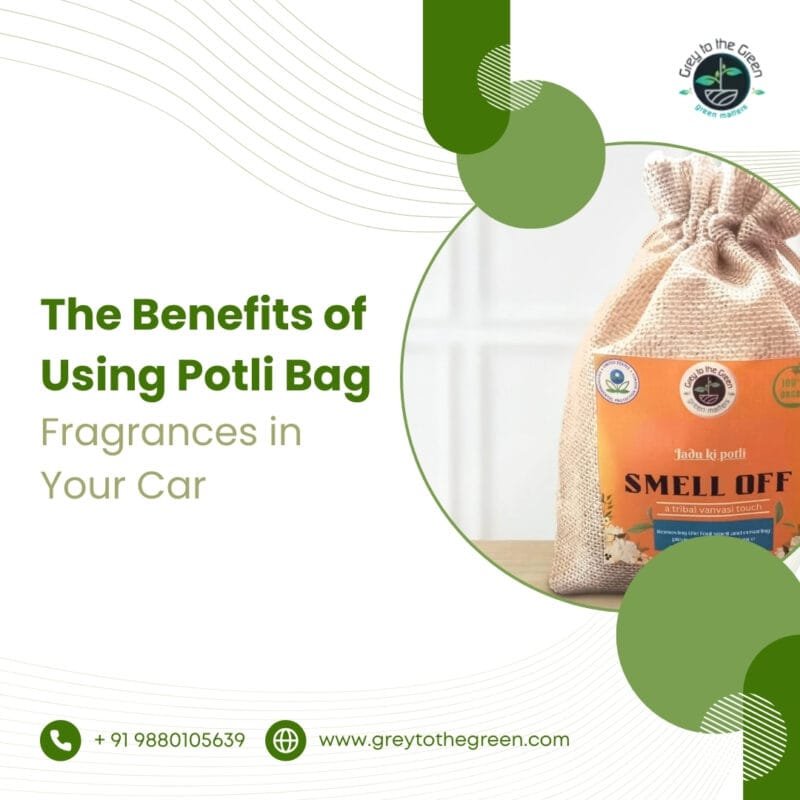A kitchen garden is a precious space where we grow fresh, nutritious food for ourselves and our families. The benefits are many: we know exactly where our food comes from, we control the growing process, and we can enjoy the satisfaction of harvesting homegrown produce. However, a kitchen garden also comes with its own set of challenges, the biggest being pests. Pests such as aphids, caterpillars, and beetles can wreak havoc on your plants, leaving them damaged, diseased, and often unfit for consumption.
In this blog, we'll discuss how pests can affect a kitchen garden, explore common natural ways to treat pests, and introduce Bugster, a revolutionary natural pest repellent for food safety that ensures a healthy garden without harmful chemicals.
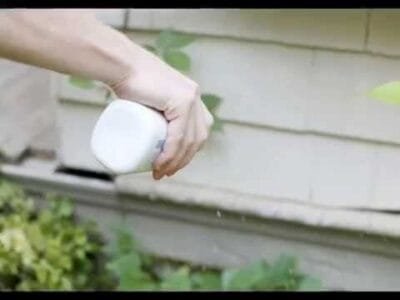
The Pests That Plague Kitchen Gardens
Pests are an inevitable part of gardening, and the kitchen garden is no exception. These tiny invaders can destroy crops, spread diseases, and even make your produce unsafe to eat. Some of the most common pests that attack kitchen gardens include:
Aphids: These tiny, sap-sucking insects can weaken plants, stunt their growth, and cause leaves to yellow and curl.
Caterpillars: The larvae of moths and butterflies, caterpillars feast on plant leaves and can quickly strip a garden bare.
Beetles: These hard-shelled insects can damage plant roots, leaves, and stems.
Whiteflies: Often found on the underside of leaves, whiteflies suck plant juices, causing wilting and stunted growth.
Mealybugs: These cotton-like insects attack the plant’s leaves and stems, robbing the plant of its nutrients.
These pests not only destroy your plants but can also pose health risks. If you're growing produce that you intend to eat, it's critical to ensure the food remains free from pesticides and harmful chemicals. This is where natural pest repellent for food safety come into play.
The Importance of Natural Pest Control in a Kitchen Garden
Using synthetic pesticides in your kitchen garden is not a viable option if you want to maintain a healthy, chemical-free environment. Chemical pesticides can leave harmful residues on your food, which may be harmful to your health and the environment. Furthermore, many commercial pesticides are not selective and can harm beneficial insects such as bees and ladybugs, which are essential for pollination and natural pest controL.
Natural pest repellent for food safety, on the other hand, are an effective and safe alternative for treating pests in a kitchen garden. They work by using botanical ingredients that repel or deter pests without harming your plants, your health, or the environment.
Common Natural Ways to Treat Pests in a Kitchen Garden
Here are a few natural methods that gardeners commonly use to control pests:
Neem Oil: Neem oil is derived from the neem tree and is a powerful natural insect repellent. It works by disrupting the feeding and breeding cycles of insects. Neem oil is safe for humans and pets, making it an excellent choice for organic gardens.
Garlic Spray: Garlic has strong insect-repelling properties. By blending garlic with water and a bit of dish soap, you can create a potent natural insecticide that works against a variety of pests.
Diatomaceous Earth: Made from the fossilized remains of tiny aquatic organisms, diatomaceous earth is a non-toxic powder that works by cutting through the exoskeletons of insects, causing them to dehydrate and die.
Essential Oils: Oils such as peppermint, lavender, and eucalyptus have been found to repel various pests. By diluting them in water and spraying on your plants, you can naturally protect them from insects.
Beneficial Insects: Introducing natural predators such as ladybugs, lacewings, and predatory beetles can help keep pest populations in check. These beneficial insects feed on harmful pests and help maintain a balanced ecosystem in your garden.
While these natural methods are effective, they may not always offer long-lasting protection, especially in areas with high pest activity. For this reason, it’s important to combine these treatments with a reliable and powerful organic solution like Bugster.
Introducing Bugster: The Ultimate Natural Pest Repellent for Food Safety
When it comes to ensuring food safety while maintaining a pest-free environment, Bugster is the perfect solution for your kitchen garden. Bugste’s natural pest repellent for food safety is formulated using the power of natural botanicals, inspired by the traditional use of neem leaves in food storage. It is a scientifically developed,eco-friendly product that guarantees a pest-free environment without compromising on safety.
Bugster stands out from conventional insect repellents due to its plant-based, chemical-free composition. The natural ingredients in Bugster repel a wide variety of pests, including those that commonly invade kitchen gardens. Moreover, Bugster is safe for humans, pets, and the environment, making it an ideal choice for those who prioritize health, sustainability, and food safety.
How Bugster Works in the Kitchen Garden
Bugster offers a natural pest repellent for food safety, ensuring that your garden remains free from harmful insects while protecting your crops and plants. The triple-action formula of Bugster not only repels insects but also eliminates odors, leaving a fresh, natural fragrance. This means that your garden will remain free of pests without any unpleasant chemical smells, making it a safe and pleasant place to grow your food.
Bugster’s neem-based natural pest repellent for food safety formula is particularly effective against a wide range of pests, including aphids, caterpillars, beetles, and more. The neem and other botanicals in Bugster create a protective barrier around your plants, keeping them safe from harmful insects.
Another advantage of Bugster’s natural pest repellent for food safety is that it is non-toxic and chemical-free, making it an eco-friendly alternative to harmful pesticides. Whether you’re growing vegetables, herbs, or fruits, Bugster ensures that your crops remain free from contamination, helping to maintain the purity and safety of your food. As it is also biodegradable, you can dispose of it without harming the environment.
Benefits of Using Bugster in Your Kitchen Garden
Safe for Organic Gardens: Bugster is the perfect solution for organic gardeners who need a reliable, chemical-free pest control option. Since organic food is free from synthetic pesticides, it’s important to use natural pest repellent for food safety methods to avoid contamination. Bugster ensures that your organic garden remains protected from pests without compromising the quality of your produce.
Long-Lasting Protection: Bugster’s slow-release technology means that it provides long-lasting protection. The natural compounds in Bugster work continuously to keep pests at bay, ensuring that your plants are safe from harm for extended periods.
Effective Pest Control: Whether you’re dealing with aphids, beetles, or caterpillars, Bugster provides an effective solution for managing pests in your kitchen garden. Its broad-spectrum activity helps repel a wide variety of insects, making it a versatile option for gardeners.
Multi-Purpose Use: While Bugster is ideal for kitchen gardens, it can also be used in other areas of your home. You can place the Bugster pouches in your kitchen, pantry, cupboards, and even under-bed storage to ensure that your entire home is free from pests.
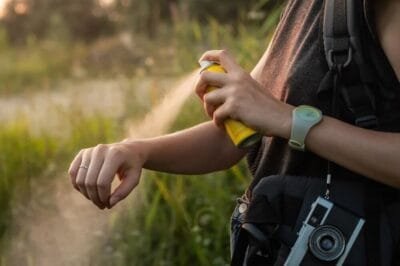
How to Use Bugster in Your Kitchen Garden
Using Bugster in your kitchen garden is simple and effective. Here’s a step-by-step guide to help you make the most of this natural pest repellent for food safety :
Identify Key Areas: Determine the areas in your garden most affected by pests, such as the garden beds, near plant entrances, or around harvested produce storage areas.
Place Bugster Pouches: Take the Bugster blue pouches and place them around the perimeter of your garden, especially near the plants or areas where pests tend to gather. You can also hang them on nearby fences or walls.
Allow Natural Release: As Bugster’s natural botanical compounds slowly release into the air, they form a protective barrier, keeping unwanted insects away from your plants. The protection extends throughout the area where the pouches are placed.
Regularly Check and Replenish: Keep an eye on the pouches. Replace them as needed, ensuring continuous protection in your kitchen garden.
Bugster’s natural pest repellent for food safety simple use ensures a pest-free, eco-friendly environment for your plants!
Conclusion
Pests in a kitchen garden can be a frustrating problem, but with the right natural pest repellent for food safety, you can protect your crops without resorting to harmful chemicals. Bugster by grey to green provides a safe, effective, and eco-friendly solution for managing pests in your kitchen garden, ensuring that your produce remains fresh, healthy, and free from contamination.
By using Bugster in combination with other natural pest control methods, you can maintain a healthy garden that is both pest-free and safe for food storage. So, if you're looking for a natural pest repellent for food safety, make the switch to Bugster today and enjoy a cleaner, greener, and more sustainable way to treat pests in your kitchen garden.
FAQs
1. What are the top organic pesticides for controlling common garden pests?
Neem oil, garlic spray, insecticidal soap, bugster, pyrethrin (from chrysanthemum flowers), and diatomaceous earth are effective organic options.
2. What are some effective organic methods for controlling pests in a garden without using chemicals?
Companion planting, crop rotation, hand-picking pests, mulching, and using barrier methods like netting or row covers are proven techniques.
3. What are some effective organic pesticides for home gardening?
Neem oil, baking soda solutions, chili pepper spray, essential oil blends (like peppermint or eucalyptus), and vinegar-based sprays work well.
4. Can Bugster be used as an organic pest repellent in home gardens?
Bugster is ideal for indoor food storage and pantry use, but it can offer indirect pest control around kitchen gardens when placed near beds.
5. Are organic pest control methods safe for pets and children?
Yes. Most natural pest repellents like neem and diatomaceous earth are non-toxic and safer for use around pets and children compared to chemical pesticides.
6. How often should I apply organic pesticides like neem oil?
Usually, every 7–10 days, or after heavy rainfall. Always follow label instructions for best results.
7. What are signs that organic pest control is working?
Fewer visible pests, healthier leaves, reduced plant damage, and active beneficial insects like ladybugs and bees indicate success.

